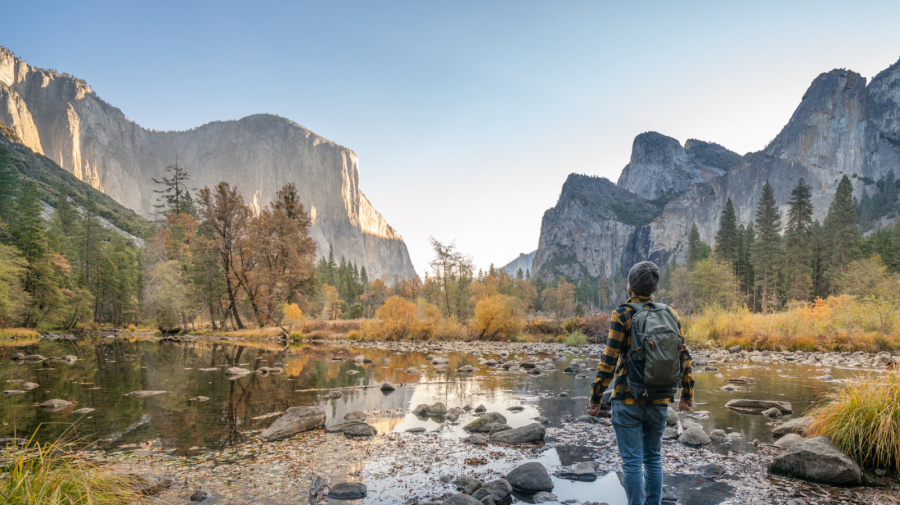
If you’re into camping or hiking, chances are you’ve heard of the Yosemite campground reservation system. Yosemite, after all, is a must-see destination. But there are some drawbacks to being a hotspot — namely, overtourism.
While spending time outdoors in one of the United States’ many National Parks is a great idea, some of the most popular parks are plagued by overtourism. One of the top five most-frequented National Parks is California’s Yosemite. Since the early 2000s, the amount of annual visitors has risen rather drastically. According to the San Francisco Chronicle, “3.7 million people [visited Yosemite] annually for the decade leading up to 2016”, though annual attendance hit an all-time high a few years ago when 5 million visitors headed to the park.
All of this led the Chronicle to state that Yosemite Valley is “under siege”. That might not be so far off. After all, popularity is why officials create a campground reservation system in the first place. Demand is so high that there are often more interested travelers than there are available campsites or other in-park lodgings.
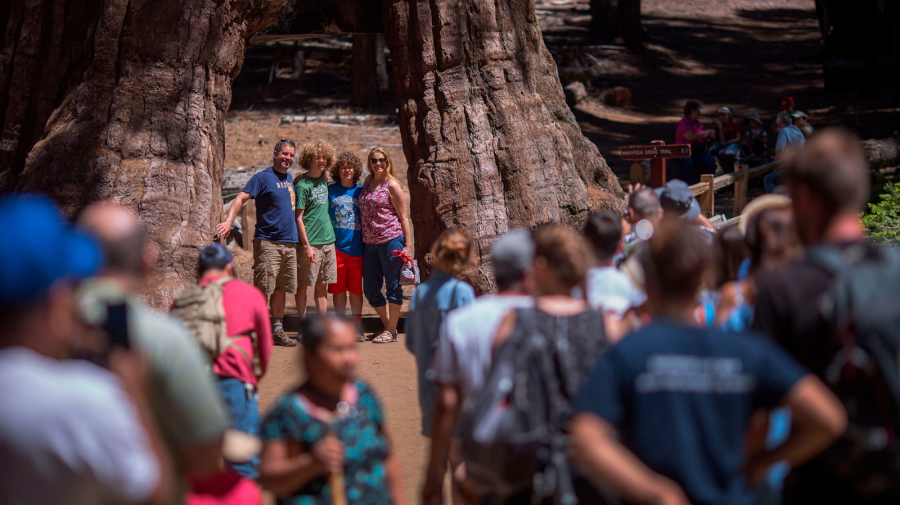
This issue became particularly apparent during the summer of 2021. Coming on the heels of the COVID-restricted summer of 2020, the ‘21 season saw vacationers flocking to National Parks, among other destinations. Parks like Yosemite and Yellowstone, which closed for a time during the COVID-19 pandemic, jumped back to the tops of peoples’ “must-see” lists.
So, can anything be done to prevent the double-edged sword that is being a popular tourist destination? Here, we’re taking a closer look at how the Yosemite campground reservation system aims to both limit overtourism and provide some relief from the harm and strain overcrowding causes.
The Impacts of Overtourism at Yosemite
While National Parks have long been popular destinations, demand had seen a particularly sharp increase in the years just before the COVID-19 pandemic hit. Now that many Americans view the pandemic as “over,” — or, at least, are willing to travel again — demand has skyrocketed back up, becoming rather unmanageable.
Over the last two summers, droves of tourists arrived at parks like Yosemite, resulting in long lines at entry points, significant waits to access facilities and a notable shortage of camping sites. Broadly, the National Park Service (NPS) didn’t have an effective crowd management system in place. As a result, overcrowding became commonplace. Not only has this impacted the quality of visitors’ experiences, but it’s also put the environment at risk.

While many tourists are respectful, not everyone follows the rules. To avoid crowds, visitors increasingly head off-trail, trampling plants and disturbing wildlife in the process. Vandalism is also on the rise: the defacement of Indigenous rock art, and graffiti in general, have become even more prevalent.
Not to mention, there’s a lot of waste. Trash in National Parks has always been a pressing issue. Not everyone follows the “carry in, carry out” and “leave no trace” mentalities, instead tossing waste onto the ground or into waterways, thus harming the flora, fauna and soil.
The NPS is working hard to educate and inform visitors, but it’s also limiting the number of annual tourists and using pilot tools, like the Yosemite campground reservation system, to help control crowds. With fewer tourists, the amount of trash will lessen. There’s also less of a reason for hikers to wander off trail and disturb wildlife, since there wouldn’t be throngs of people to escape from.
How the Yosemite Campground Reservation System Works
Starting this year, Yosemite National Park began a pilot program that altered the campground reservation system for peak season. The new Early Access Lottery for the North Pines Campground — one of the most popular locations in the park — allowed those who were interested in arrival dates between July 21–September 14, 2022 to sign up for a chance to secure a highly desirable camping spot in advance.
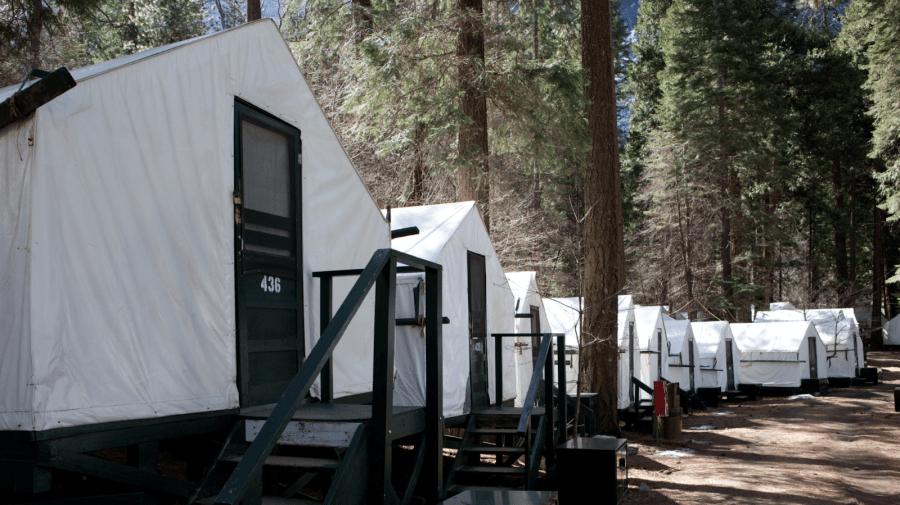
The lottery signup took place from January 8–February 6, 2022. By February 10, 2022, about 640 applications were chosen at random to reserve a camp spot at set times to book their summer stay. Entering the lottery came with a $10 non-refundable fee, and any resulting reservations among the selected applicants cost $36 per night. The non-refundable fee covered the cost of services relating to application processing as well as the reservation process.
Any sites not reserved during the lottery became available to the general public five months in advance on the 15th of the month. This allowed those who weren’t selected — as well as would-be visitors who were unaware of the new lottery process — to potentially secure a spot with the campground reservation system.
Why Did Yosemite Change Its Campground Reservation System?
The main reason for the Yosemite campground reservation system pilot program was to address overcrowding at Yosemite National Park. Demand for campsites far exceeds capacity, particularly during the peak visiting season. In some cases, available spots sell out in mere minutes once they become available, making it a highly competitive landscape.
The lottery aimed to make the process more equitable and manageable. Plus, it ensured that the selected applicants could efficiently plan a vacation, as opposed to just hoping a site would be available as a scheduled trip drew near. This new strategy also allows folks to make alternative travel plans, be it to the Yosemite region or elsewhere, and may even help limit the number of one-day visitors, who may want to skip the perceived hassle.
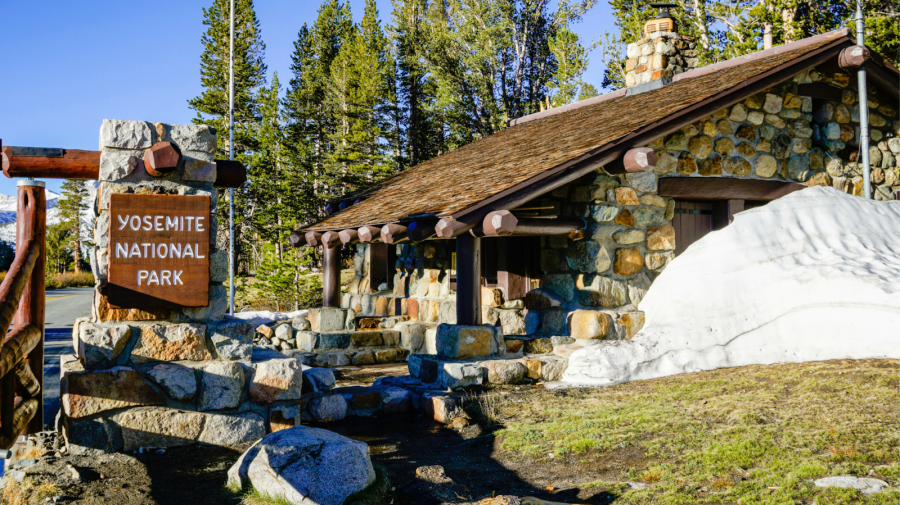
But the new campground reservation system also aims to fix the issues with the park’s old system. For example, when reservations were first-come, first-serve and demand was high, the park often received numerous complaints regarding technical difficulties. At times, this was due to user error (or slow internet connection speeds), but, much like concert tickets, the campground reservation system was more susceptible to bots buying up the open spots.
With the lottery, bots and other technical difficulties were less of a factor. The 640 selected applicants were chosen at random, and the nature of the process — a wait time between being selected and making your reservation — further reduces the chances of bot-related issues.
Further, the lottery-based campground reservation system allowed participants to have time to sign up. There was no need to beat other aspiring campers to the punch. Instead, all sign-ups for the lottery were treated equally.
How the Yosemite Campground Reservation System Is Impacting Overtourism
As mentioned above, the new Yosemite campground reservation system has the ability to impact overtourism. In some cases, visitors arrive purely hoping that they’ll be able to camp. Since there typically aren’t sites for drop-ins, the hope is that the new approach makes those who would normally consider that approach to choose another vacation destination.
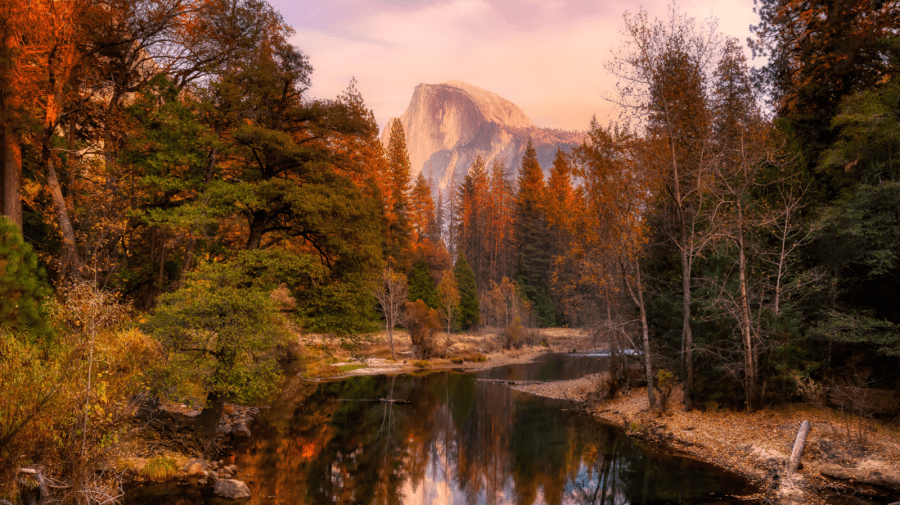
If that occurs, that lessens the amount of traffic to the park. Lines may be shorter — if they exist at all — and there could be fewer people entering on day passes as a default. Whether the desired outcome will come to fruition or not isn’t quite apparent yet. The peak period is in full swing, but, once it comes to a close next month, we’ll be able to see effects more clearly.






